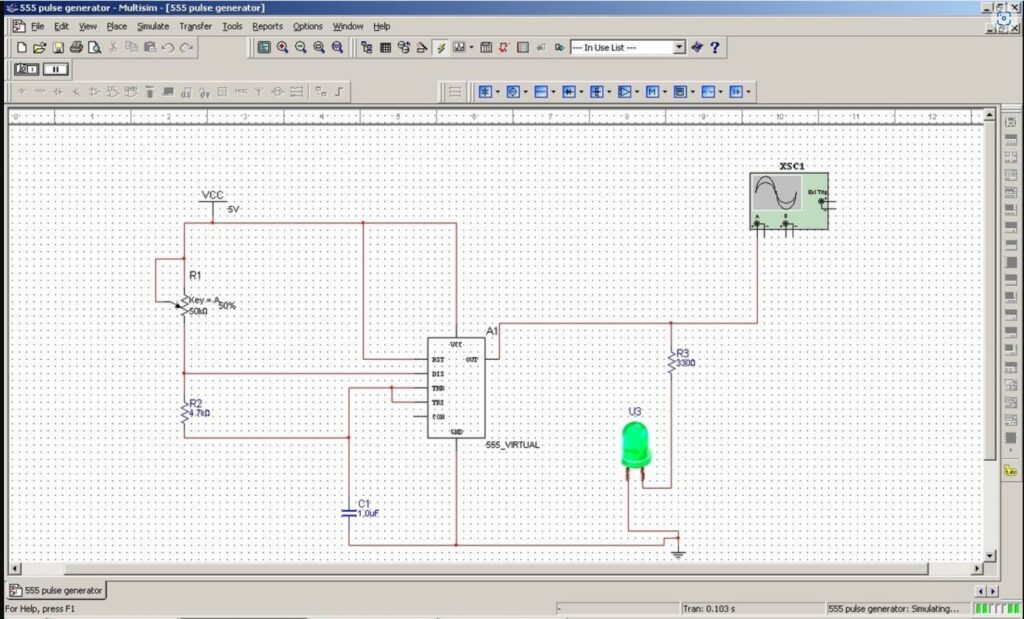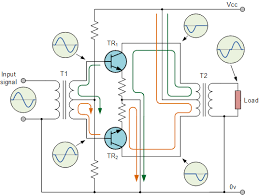Introduction
Class C amplifiers are a specific type of electronic amplifier widely used in radio frequency (RF) applications. Known for their high efficiency and ability to operate at high frequencies, Class C amplifiers are distinct from other amplifier classes like Class A, B, and AB. This article delves into the functioning of Class C amplifiers, their applications, and the pros and cons associated with their use.
How Class C Amplifiers Work
Class C amplifiers operate by amplifying signals only during a small portion of the input signal cycle, typically less than 50%. This is achieved by biasing the transistor in such a way that it remains off for most of the input cycle and conducts only when the input signal exceeds a certain threshold. The conduction angle in a Class C amplifier is typically around 90 degrees or less, making it highly nonlinear.
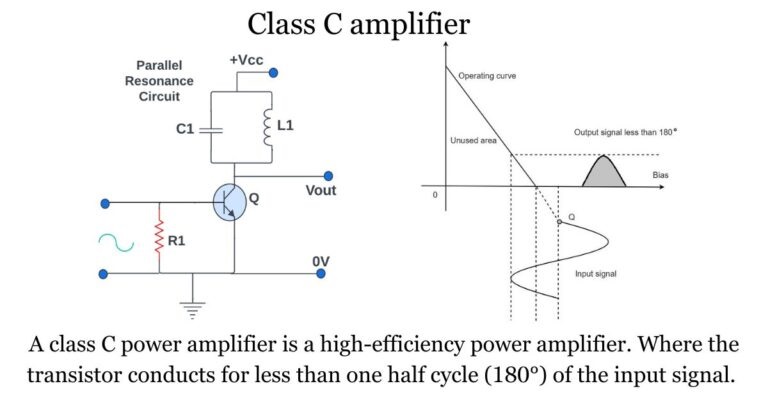
The following is to give you a quick visual comparison of the output wave forms of each class of amplifiers, so you can see their differences in a glance.
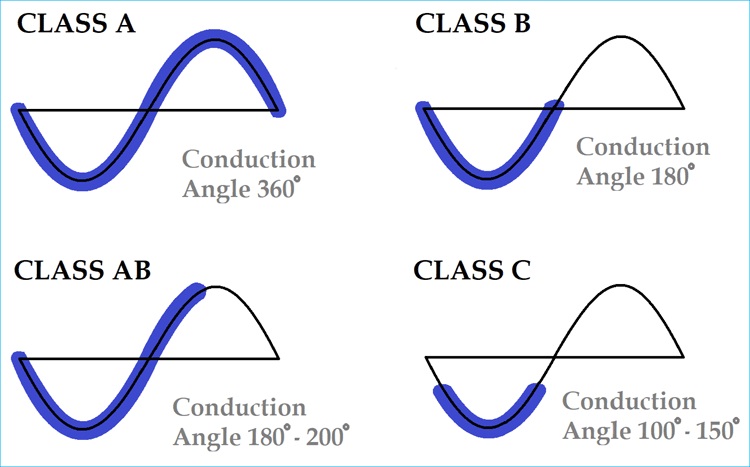
This nonlinearity means that Class C amplifiers are not suitable for audio or other applications requiring high fidelity. However, their design makes them incredibly efficient, with efficiencies often reaching 70-80% or higher. This efficiency is due to the fact that the transistor is off for a significant portion of the time, thereby reducing power dissipation.
Applications of Class C Amplifiers
Class C amplifiers are predominantly used in RF applications, including:
- Radio Transmission: Class C amplifiers are ideal for AM, FM, and other forms of radio transmission due to their ability to amplify RF signals efficiently. They are commonly used in transmitters where the amplified signal is passed through a resonant circuit to produce the desired output.
- Oscillators: These amplifiers are also used in oscillator circuits, where they can generate high-frequency signals required for various communication systems.
- Radar Systems: In radar systems, where high power and efficiency are critical, Class C amplifiers play a vital role in amplifying the RF signals used for detecting objects.
- Signal Modulation: Class C amplifiers are sometimes used in signal modulation applications where the emphasis is on efficiency rather than linearity.
Advantages of Class C Amplifiers
- High Efficiency: The most significant advantage of Class C amplifiers is their high efficiency. Since the transistor is off for most of the input signal cycle, less power is wasted as heat, making them ideal for high-power RF applications.
- Compact Design: Due to their efficiency, Class C amplifiers can be designed to be more compact, which is beneficial in applications where space is a constraint, such as in portable radio transmitters.
- High-Frequency Operation: Class C amplifiers are well-suited for high-frequency applications, often exceeding frequencies of several hundred megahertz (MHz).
Disadvantages of Class C Amplifiers
- Nonlinearity: The major drawback of Class C amplifiers is their inherent nonlinearity. This makes them unsuitable for applications where signal fidelity is crucial, such as audio amplification.
- Harmonic Distortion: Due to their nonlinear operation, Class C amplifiers generate significant harmonic distortion. This distortion must be filtered out, often requiring additional circuitry such as tuned filters or harmonic suppression techniques.
- Narrow Bandwidth: Class C amplifiers typically operate over a narrow bandwidth. This is acceptable for applications like radio transmission but limits their use in broadband applications.
- Complex Design Requirements: While Class C amplifiers are efficient, they require careful design of the surrounding circuitry, including tuning and matching networks, to ensure proper operation. This can add to the complexity and cost of the system.
Conclusion
Class C amplifiers offer a unique blend of high efficiency and high-frequency operation, making them indispensable in RF applications such as radio transmission, oscillators, and radar systems. However, their nonlinearity and harmonic distortion limit their use to scenarios where signal fidelity is not a primary concern. Understanding the strengths and limitations of Class C amplifiers is essential for engineers and designers who aim to leverage their capabilities in specialized applications.
Ready to take a dive into Electrical Engineering to get a head start on College or University, or simply expand your DIY knowledge?
Check out our meticulously designed course in Electrical/Electronic Engineering for all walks of life, from any country. Delivered by Professor F. Tavassoli.
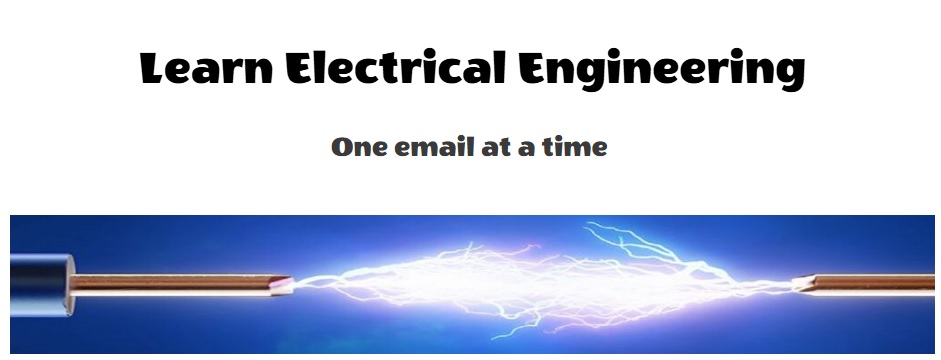
Join students and professionals
from across the world increasing their knowledge of Electrical Engineering.
One email at a time
We never send spam or give your information to anyone, Privacy Policy here.

